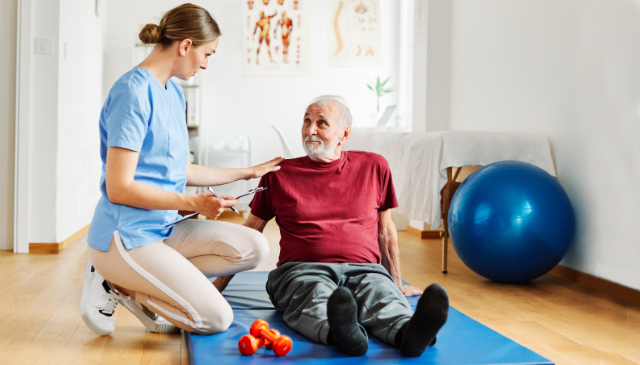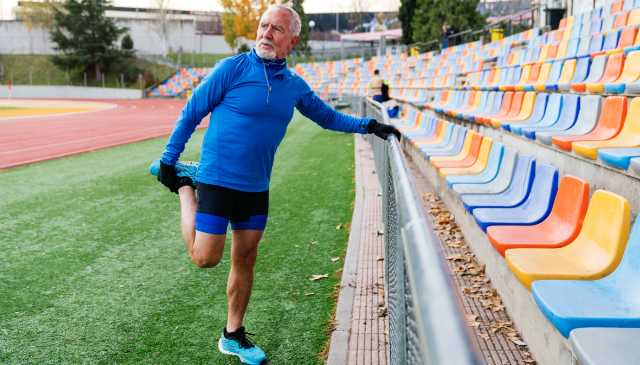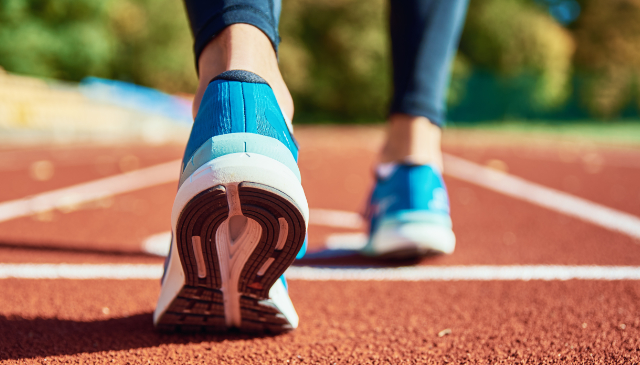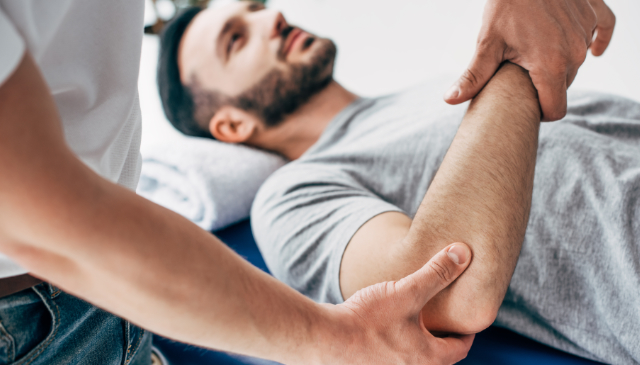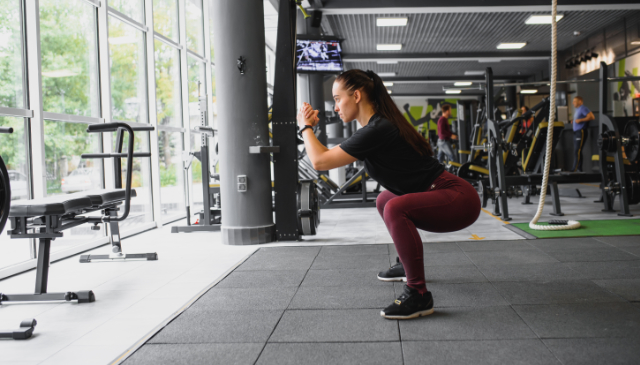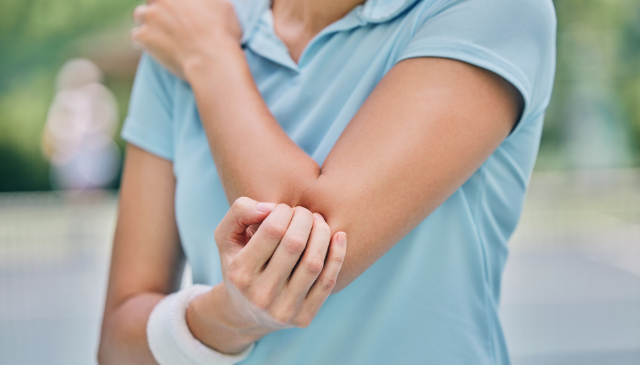
If you're currently dealing with shoulder pain, you already know how much it can affect your daily life. Simple tasks like reaching for something on a shelf or opening a car door can become agonizing experiences. Rotator cuff problems are often responsible for these types of symptoms, which lead many individuals to seek out professional help.
When it comes to finding relief, there are various treatment options available, and it’s important to weigh them all carefully. A recently published study offers some interesting insights into the potential benefits of some injection therapies for shoulder pain, but it also highlights some of the inherent limitations to this type of approach. Before we jump into the study, it's important to first explore the anatomy and mechanics of the rotator cuff.
Taking a closer look at rotator cuff tendinopathy
Your rotator cuff is a group of four muscles and their tendons that surround your shoulder joint. These tendons are strong, fibrous tissues that connect the muscles to the bones of your shoulder. They play a vital role in keeping your shoulder stable and allowing you to move your arm in different directions.
Rotator cuff tendinopathy develops when these tendons become irritated, inflamed, or damaged. This can happen due to overuse, repetitive motions, injury, or from the natural aging process. Common symptoms of rotator cuff tendinopathy include:
- Pain in the shoulder, especially when lifting or reaching
- Weakness in the shoulder and arm
- Difficulty with movements like rotating the arm
- Pain that gets worsen at night
Treatment for rotator cuff tendinopathy typically begins with conservative–or nonsurgical–interventions like targeted exercise, physical therapy, and injections, and if these approaches are unsuccessful, surgery may be considered. Platelet–rich plasma (PRP) and steroid injections are both commonly used in the conservative phase for rotator cuff tendinopathy and can alleviate pain in the short term, but it's not yet clear which of these interventions is more effective and what their ultimate value is for patients.
PRP injections provide greater relief than steroids
Therefore, researchers performed a study to compare the effectiveness of platelet–rich plasma (PRP) injections with steroid injections for patients suffering from rotator cuff tendinopathy. Here’s a more detailed look:
- Objective: the primary goal of the study was to compare PRP injections vs steroid injections for reducing pain and improving shoulder function in patients with rotator cuff tendinopathy
- Study design: researchers conducted a double–blind, randomized controlled trial, which means neither the patients nor the researchers knew which treatment the patients received, thereby reducing the risk of bias
- Participants: the study included 100 patients between the ages of 18â50 years with rotator cuff tendinopathy
- Interventions:
- Patients were randomly assigned to one of two groups:
- The PRP group received an injection of PRP, a substance derived from the patient's own blood that contains growth factors thought to promote healing
- The steroid group received an injection of a steroid, a medication that reduces inflammation
- Patients were randomly assigned to one of two groups:
- Outcome measures: patients were evaluated for pain and shoulder function at baseline (before the injection) and at 1, 3, 6, and 12 months after the injection
Results showed that at 1 month, both groups experienced improvements in pain and shoulder function, but these improvements were significantly greater in the PRP group. At 12 months, the PRP group continued to show greater improvements in pain and shoulder functionâas well as better sleep quality–compared to the steroid group. Patients in the steroid group were also more likely to require additional injections (30% of patients) during the follow–up period than those in the PRP group (12% of patients).
The power of physical therapy in rotator cuff care
While this study provides valuable information about injection therapies, it's crucial to emphasize that it did not include any patients who received physical therapy. This is significant, as physical therapy offers a compelling alternative and complementary approach to managing rotator cuff tendinopathy. Here's why physical therapy should also be considered a core treatment option for this condition:
- Comprehensive approach: physical therapists don't only focus on pain relief; they assess movement patterns, strength imbalances, and posture to develop a holistic treatment plan
- Long–term solutions: unlike injections, physical therapy aims to restore proper function, prevent future injuries, and empower patients to manage their condition independently
- Research–backed benefits: countless studies have demonstrated the effectiveness of physical therapy for rotator cuff tendinopathy and tears
While the study found PRP injections to be more effective than corticosteroid injections, the bigger picture needs to be considered. PRP injections are not a guaranteed fix. Some research suggests that the benefits of PRP may diminish over time, and the long–term effects are still being studied. There's also evidence that PRP injections may only delay the need for surgery, and they are not effective for full rotator cuff tears. That's why physical therapy should always be considered either instead of–or in addition to–injections, as it offers a comprehensive, long–term solution that can help you regain pain–free movement and get back to the activities you enjoy.
Call us today!
If you're experiencing shoulder pain that may be related to a rotator cuff problem and you're not completely satisfied with your current care, we encourage you to try physical therapy. Our team of experienced therapists can conduct a thorough evaluation and design a customized treatment plan that will address your symptoms and help you regain your independence. Contact our clinic today to schedule an appointment and take the first step toward recovery!
For those interested in delving deeper into the research, you can access the full study here.

